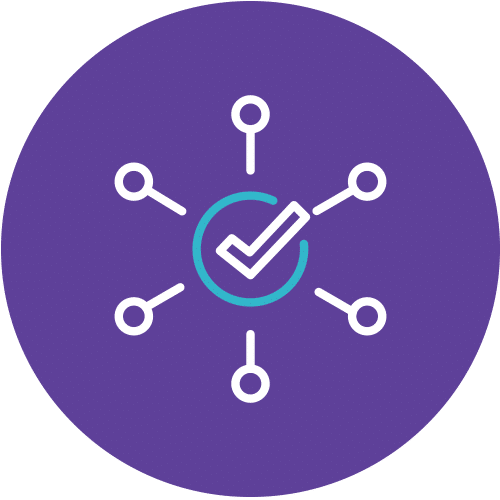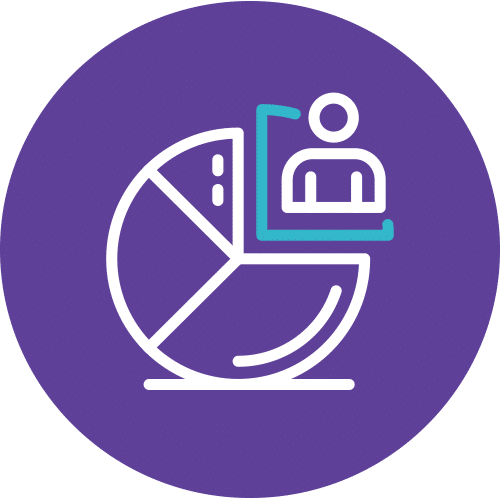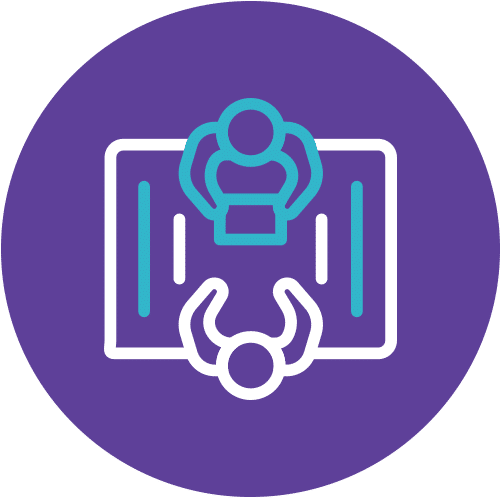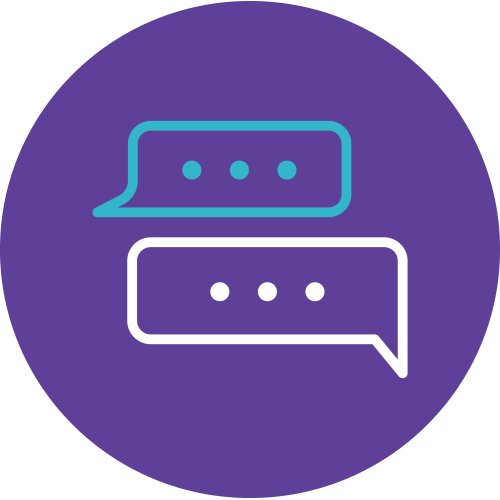Overview: Microsoft Power BI Data Analyst
Microsoft Power BI Data Analyst course equips you with the essential skills and knowledge to transform data from various sources into clear, actionable insights using Microsoft Power BI. As a Microsoft Power BI Data Analyst, you’ll learn to connect to and retrieve data, prepare it for analysis, and create compelling reports and dashboards that effectively communicate your findings. This course ensures you are well-versed in the fundamental aspects of data analysis with Microsoft Power BI. The Microsoft Power BI Data Analyst role is crucial for translating complex data into easy-to-understand formats.
Additionally, the Microsoft Power BI Data Analyst course covers best practices for data modeling, visualization, and sharing your work with others. By becoming a proficient Microsoft Power BI Data Analyst, you will be able to leverage the full potential of Microsoft Power BI to inform business decisions and drive organizational success. Enroll in the Microsoft Power BI Data Analyst course today and start your journey towards mastering data analytics with Microsoft Power BI. The comprehensive training provided in this course will ensure you excel as a Microsoft Power BI Data Analyst.
Course Details
Course Code: PL-300T00; Duration: 3 Days; Instructor-led
This course will discuss the various methods and best practices that are in line with business and technical requirements for modeling, visualizing, and analyzing data with Power BI. The course will also show how to access and process data from a range of data sources including both relational and non-relational data. This course will also explore how to implement proper security standards and policies across the Power BI spectrum including datasets and groups. The course will also discuss how to manage and deploy reports and dashboards for sharing and content distribution. Finally, this course will show how to build paginated reports within the Power BI service and publish them to a workspace for inclusion within Power BI.
Audience
The audience for this course are data professionals and business intelligence professionals who want to learn how to accurately perform data analysis using Power BI. This course is also targeted toward those individuals who develop reports that visualize data from the data platform technologies that exist on both in the cloud and on-premises.
Prerequisites
Successful Data Analysts start this role with experience of working with data in the cloud.
Specifically:
- Understanding core data concepts.
- Knowledge of working with relational data in the cloud.
- Knowledge of working with non-relational data in the cloud.
- Knowledge of data analysis and visualization concepts.
Methodology
This program will be conducted with interactive lectures, PowerPoint presentation, discussion and practical exercise.
Course Objectives
- Ingest, clean, and transform data
- Model data for performance and scalability
- Design and create reports for data analysis
- Apply and perform advanced report analytics
- Manage and share report assets
- Create paginated reports in Power BI
Outlines
This module explores the different roles in the data space, outlines the important roles and responsibilities of a Data Analysts, and then explores the landscape of the Power BI portfolio.
Lessons
- Data Analytics and Microsoft
- Getting Started with Power BI
Lab: Getting Started in Power BI Desktop
- Getting Started
After completing this module, students will be able to:
- Explore the different roles in data
- Identify the tasks that are performed by a data analyst
- Describe the Power BI landscape of products and services
- Use the Power BI service
This module explores identifying and retrieving data from various data sources. You will also learn the options for connectivity and data storage and understand the difference and performance implications of connecting directly to data vs. importing it.
Lessons
- Get data from various data sources
Lab: Preparing Data in Power BI Desktop
- Prepare Data
After completing this module, students will be able to:
- Identify and retrieve data from different data sources
- Understand the connection methods and their performance implications
- Use Microsoft Dataverse
- Connect to a data flow
This module teaches you the process of profiling and understanding the condition of the data. They will learn how to identify anomalies, look at the size and shape of their data, and perform the proper data cleaning and transforming steps to prepare the data for loading into the model.
Lessons
- Data shaping
- Enhance the data structure
- Data Profiling
Lab: Transforming and Loading Data in Power BI Desktop
- Loading Data
After completing this module, students will be able to:
- Apply data shape transformations
This module teaches the fundamental concepts of designing and developing a data model for proper performance and scalability. This module will also help you understand and tackle many of the common data modeling issues, including relationships, security, and performance.
Lessons
- Introduction to data modeling
- Working with tables
- Dimensions and Hierarchies
Lab: Data Modeling in Power BI Desktop
- Create Model Relationships
- Configure Tables
- Review the model interface
- Create Quick Measures
Lab: Advanced Data Modeling in Power BI Desktop
- Configure many-to-many relationships
- Enforce row-level security
After completing this module, students will be able to:
- Understand the basics of data modeling
- Define relationships and their cardinality
- Implement Dimensions and Hierarchies
- Create histograms and rankings
This module introduces you to the world of DAX and its true power for enhancing a model. You will learn about aggregations and the concepts of Measures, calculated columns and tables, and Time Intelligence functions to solve calculation and data analysis problems.
Lessons
- Introduction to DAX
- DAX context
- Advanced DAX
Lab: Advanced DAX in Power BI Desktop
- Use the CALCULATE() function to manipulate filter context
- Use Time Intelligence functions
Lab: Introduction to DAX in Power BI Desktop
- Create calculated tables
- Create calculated columns
- Create measures
After completing this module, students will be able to:
- Understand DAX
- Use DAX for simple formulas and expressions
- Create calculated tables and measures
- Build simple measures
- Work with Time Intelligence and Key Performance Indicators
In this module you are introduced to steps, processes, concepts, and data modeling best practices necessary to optimize a data model for enterprise-level performance.
Lessons
- Optimze the model for performance
- Optimize DirectQuery Models
- Create and manage Aggregations
After completing this module, students will be able to:
- Understand the importance of variables
- Enhance the data model
- Optimize the storage model
- Implement aggregations
This module introduces you to the fundamental concepts and principles of designing and building a report, including selecting the correct visuals, designing a page layout, and applying basic but critical functionality. The important topic of designing for accessibility is also covered.
Lessons
- Design a report
- Enhance the report
Lab: Designing a report in Power BI Desktop
- Create a live connection in Power BI Desktop
- Design a report
- Configure visual fields and format properties
Lab: Enhancing reports with interaction and formatting in Power BI Desktop
- Create and configure Sync Slicers
- Create a drill through page
- Apply conditional formatting
- Create and use Bookmarks
After completing this module, students will be able to:
- Design a report page layout
- Select and add effective visualizations
- Add basic report functionality
- Add report navigation and interactions
- Improve report performance
- Design for accessibility
In this module you will learn how to tell a compelling story through the use of dashboards and the different navigation tools available to provide navigation. You will be introduced to features and functionality and how to enhance dashboards for usability and insights.
Lessons
- Create a Dashboard
- Real-time Dashboards
- Enhance a Dashboard
Lab: Creating a Dashboard in Power BI Service
- Create a Dashboard
- Pin visuals to a Dashboard
- Configure a Dashboard tile alert
- Use Q&A to create a dashboard tile
After completing this module, students will be able to:
- Create a Dashboard
- Understand real-time Dashboards
- Enhance Dashboard usability
This module will teach you about paginated reports, including what they are how they fit into Power BI. You will then learn how to build and publish a report.
Lessons
- Paginated report overview
- Create Paginated reports
Lab: Creating a Paginated report in Power BI Desktop
- Use Power BI Report Builder
- Design a multi-page report layout
- Define a data source
- Define a dataset
- Create a report parameter
- Export a report to PDF
After completing this module, students will be able to:
- Explain paginated reports
- Create a paginated report
- Create and configure a data source and dataset
- Work with charts and tables
This module helps you apply additional features to enhance the report for analytical insights in the data, equipping you with the steps to use the report for actual data analysis. You will also perform advanced analytics using AI visuals on the report for even deeper and meaningful data insights.
Lessons
- Advanced Analytics
- Data Insights through AI visuals
Lab: Data Analysis in Power BI Desktop
- Create animated scatter charts
- Use the visual to forecast values
- Work with Decomposition Tree visual
- Work with the Key Influencers visual
After completing this module, students will be able to:
- Explore statistical summary
- Use the Analyze feature
- Identify outliers in data
- Conduct time-series analysis
- Use the AI visuals
- Use the Advanced Analytics custom visual
In this module you will learn the concepts of managing Power BI assets, including datasets and workspaces. You will also publish datasets to the Power BI service, then refresh and secure them.
Lessons
- Parameters
- Datasets
- Security in Power BI
After completing this module, students will be able to:
- Create and work with parameters
- Manage datasets
- Configure dataset refresh
- Troubleshoot gateway connectivity
- Understand the aspects of Power BI security
- Configure row-level security roles and group memberships
This module will introduce you to Workspaces, including how to create and manage them. You will also learn how to share content, including reports and dashboards, and then learn how to distribute an App.
Lessons
- Creating Workspaces
- Sharing and Managing Assets
Lab: Publishing and Sharing Power BI Content
- Map security principals to dataset roles
- Share a dashboard
- Publish an App
After completing this module, students will be able to:
- Create and manage a workspace
- Understand workspace collaboration
- Monitor workspace usage and performance
- Distribute an App










